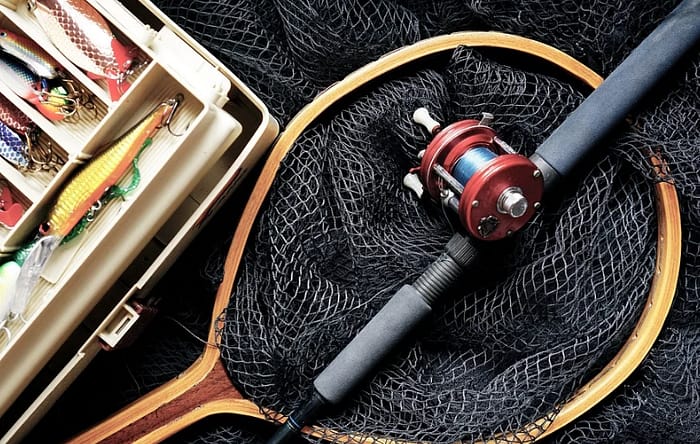Fly fishing is a classic system of angling. It was designed to catch salmon and trout. These days, it’s still utilized to fish those species. The rod, reel, and line, in addition to the tippet, all must fit to have a good fly fishing experience. Most beginner anglers always ask what is a tippet? In fly fishing, the burden of this line propels your line forwards and sets your fly right into place. The fly can’t do so since it’s weightless. The purpose of fly fishing is to present the fly lightly and always to maintain control of it. All these are tied on your hook with fur, feathers, thread, or alternative substances in colors and dimensions representing natural prey.
Rod and Lines
Fly fishing poles are long and lightweight. The line provides the projecting weight and is thick. It may be of diverse density, based on if you want the fly to float or sink. The line is paired to a pole by weight. Look close to the fly rod butt to learn which line weight has to be utilized. Graphite sticks are best since they can create any actions which you want to use.
If you’re a beginner, purchase a simple and reasonably priced pole, or borrow from a relative or friend. The fly is generally connected to the line with a leader just two to three meters in length. The chief often tapers into a nice ending. This can be referred to as a tippet. Tippet size array from 8X that is the tiniest, to 0X, that’s the biggest.
Different Types of Fly Fishing
There are two sorts of fly fishing – wet and dry. If you’re interested in fly fishing and can not determine which gear you have to get a positive fishing experience, request a seasoned angler for support. Fly fishing isn’t quite as challenging to understand as it seems to be. Have fun and revel in that big grab. The ideal way to appreciate your catch would be to take some opportunity to enjoy the many wonders the fishing experience provides. Regardless of what that first experience ends up to be, it is possible to ensure it is fantastic by analyzing a seasoned fisher’s skills.

